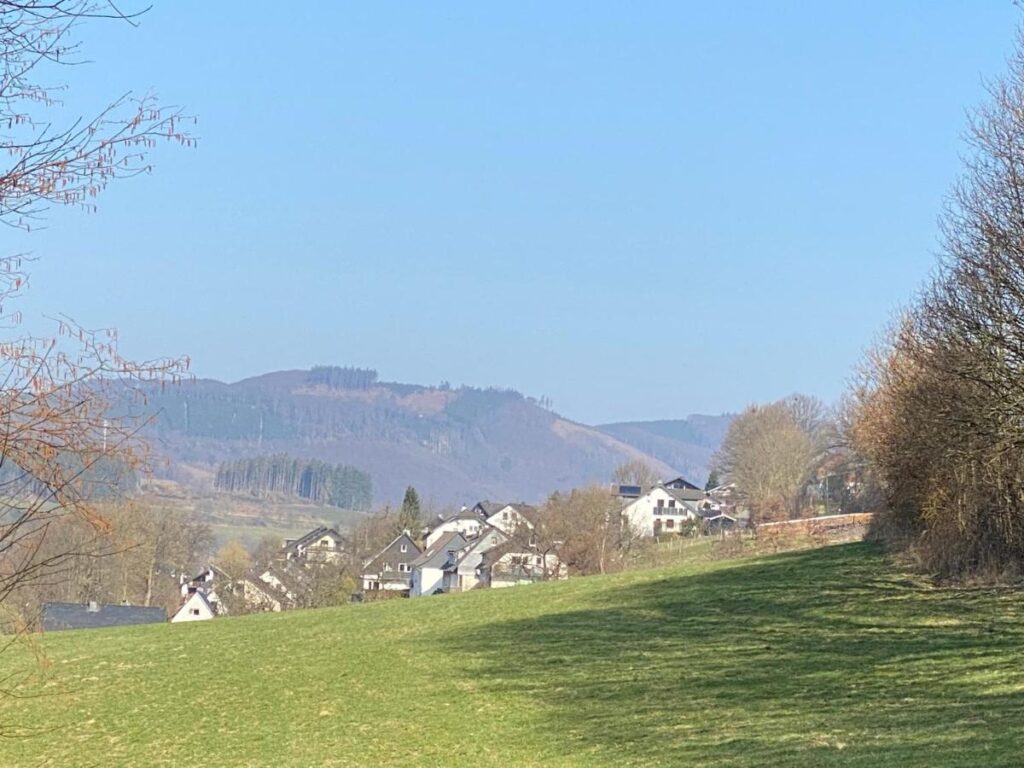
History of Wiemering
hausen
Wiemeringhausen is a small village in the German state of North Rhine-Westphalia. It is located in the district of Soest, about 15 kilometers east of the city of Lippstadt. Wiemeringhausen has a long history, dating back to the Middle Ages. The name “Wiemeringhausen” first appears in records in the year 1345, when it was mentioned in a document of the abbey of Werl as “Wimerinchusen”. It is believed that the name is derived from the old Germanic words “wimer”, meaning “settlement”, and “ing”, meaning “people”. The village was first mentioned as a parish in 1553, when it was part of the Duchy of Westphalia. It later became part of the Prussian Province of Westphalia in 1810. During the 19th century, the village experienced a period of growth, with the population rising from 673 inhabitants in 1820 to 1,087 inhabitants in 1900. In the 20th century, Wiemeringhausen remained a small rural village, although it was severely damaged during World War II. After the war, the village was rebuilt and today it is a popular destination for visitors from all over Germany and beyond.
Haus Bornstein
Haus Bornstein was a joinery based in Germany, established in the early 1900s. The company specialized in the production of joinery components and wood products, such as doors, windows, stairs, and other joinery items. The company was known for its quality products and the craftsmanship of its staff, who used traditional methods to create high–quality joinery components.
Haus Bornstein was renowned for its attention to detail and dedication to customer service, making it one of the leading joinery companies in the region. The joinery operated until the late 1950s, when it was forced to close due to changing economic conditions. Haus Bornstein was a respected joinery that provided a valuable service to customers in Germany and abroad.

The SPA Town
Olsberg is a historic spa town in the Hochsauerland district in North Rhine-Westphalia, Germany. It has a long and rich history dating back to the 12th century, when it was founded as a small village. Over the centuries, the town has undergone many changes and is home to an impressive array of historic buildings and monuments.
Today, Olsberg is known for its beautiful landscapes, rich cultural heritage and therapeutic spa treatments. There are several spas in the city that offer a wide range of treatments, from traditional cures such as mud baths and sauna to modern therapies such as hydrotherapy. The town also has several museums, galleries and historical buildings such as the old town hall and the baroque church of St. Mary.
The town is a popular destination for holidaymakers, who come here to enjoy the fresh mountain air and the magnificent views of the surrounding countryside. The town also offers a range of outdoor activities, from hiking and biking to skiing and snowboarding. Olsberg is a great place for a relaxing vacation or a romantic getaway.
